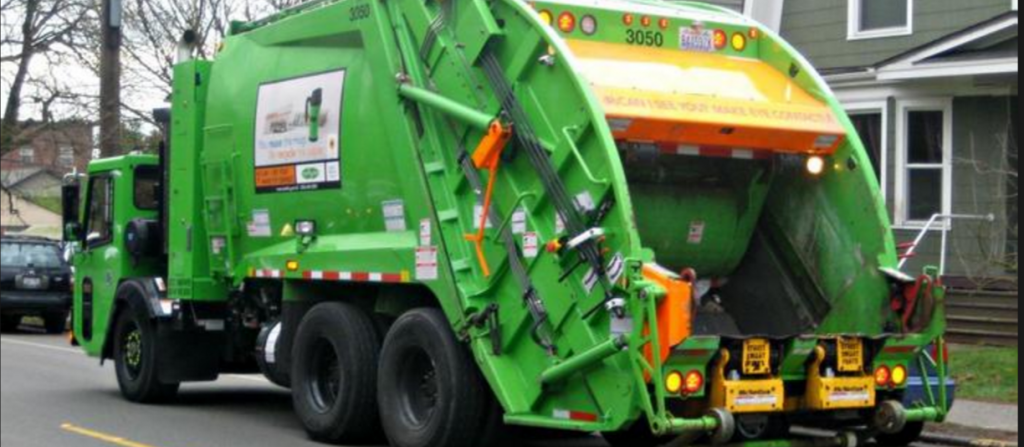June 24, 2016
You love your work but does your work love your ears?
If you are involved in these professions you may be at increased risk for NIHL (Noise Induced Hearing Loss).
- Aviation – ground workers – factory workers – Within 25 meters of Jet take-off the noise level will reach 150 dB. That is loud enough to rupture eardrums. A Boeing 707 or DC-8 before landing is measured at 106 dB. A helicopter at 100 ft is 100 dB. Exposure to dB levels between 100 and 110 will lead to serious damage in as little as an 8 hours exposure
- Construction Industry – jackhammers (100 – 120 dB), hand drill, belt sander or table saws (95-105 dB),air guns or pneumatic riveters at 125dB, compacting machines or sand blasting at (110 – 115 dB)

- Dentistry – Dental office equipment can also be a source for concern with ultrasonic cleaners at 90 dB, ultrasonic scalers and stone mixers at 85 dB.
- Emergency / First Aid Responders / Firefighters – 110 – 140 dB of noise is produced by Ambulance or Fire truck sirens causing immediate pain to humans and can also rupture eardrums.
- Farming – equipment operators can be exposed to noise from tractors (75-110 dB), Combine machines (80-105dB), Crop dusting aircraft or Orchard spray at 85-115 dB). Animals at feeding time in enclosed spaces such as a pig shed at 105dB.
- Factory – In industry settings, the noise levels can average up to 90-125dB. A textile loom at 103 dB, riveting metal at 130dB, electric and pneumatic tools along with industrial heaters, coolers and venting machines all add to the noise exposure in industrial settings over the 90 dB levels.
- Forestry Industry – Logging – Mill Workers – a Chain saw is approximately 120 dB – a painful level to endure. Noise from idling trucks and log moving and sorting equipment can expose workers to levels far above safety levels.

- Gardeners & Landscapers – leaf blowers, snow blowers, power mowers (85 to 100 dB), hedge clippers, weed eaters all in very close contact can be a worrisome downside of the job.
- Garbage Truck Driver – Sanitation workers can be exposed to 85 – 100 dB of noise from their truck – enough to cause tinnitus or possible damage in an 8 hour exposure.

- Hunting or Target Shooting – A cap gun at 155 dB ,a 12 gauge shotgun blast at 160-165 dB or a .357 magnum revolver at 165 can all cause immediate and irreversible damage.
- Military – An Aircraft carrier deck can reach 140 dB levels and a military jet aircraft take-off with afterburner can reach 130 dB both loud enough to cause immediate and permanent damage. A howitzer cannon at 175 dB or a rocket launch at 180dB can have devastating effects on hearing.
- Music Industry performers and stage crew – singers. Rock concert speakers are measure at 110 – 140dB – again enough to cause human pain or even rupture eardrums. Stadium crowd noise can even reach 130 dB. Some professional singers have expressed their concern over hearing loss and some are being proactive in protecting their hearing
- Motorsport Industry – Mechanics – pit crews – drivers. A single motorcycle at 100 dB, 114 dB for a driver inside a car during practice or noise levels in the pit of130 dB are all levels of concerns.
- Road crews / Maintenance / Construction Sites – an auto horn measured at 1 meter can cause pain at 110 dB, an idling diesel truck 80 – 90 dB. Add that to road construction equipment and your exposure levels are dramatically increased.
What dB levels are cause for concern?
Hearing damage can occur at the following levels when exposed for these lengths of time.
-
Higher than 85 dBa for 8 hours or more